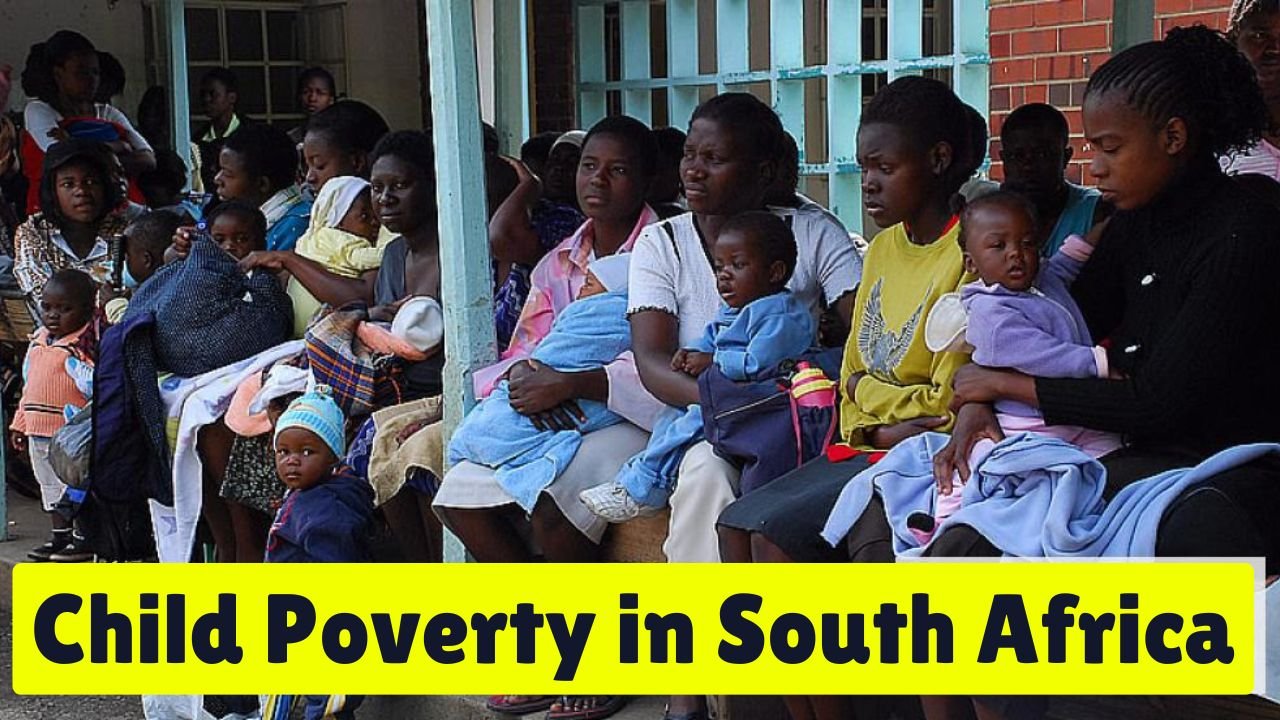The Child Support Grant (CSG) of the South African Social Security Agency (SASSA) still serves as a lifeline for millions of children and their families. This grant of R530 per child per month will remain effective upon 2025 and below the food poverty line of R760. Experts, child advocacy groups and economists are already raising alarms to pressure the government to increase the amount to sustain rising living costs and protect the lives of South Africa’s most endangered citizens-its children.
The Current Economic Landscape
South Africa’s economy is under severe pressure. Approximately 40% unemployment, coupled with stagnation and increasing inflation, has created an unbearable environment for most low-income households. More than half the South African population lives in poverty, but children are the most affected. These families live mostly on social assistance such as the Child Support Grant.
Rising Costs of Living
The rising cost of living has hit several high peaks in recent years. Basic foods wheat flour, bread, cooking oil-to mention just a few-have become increasingly hard to afford. Basic household needs, that is, electricity, water, and fares, are all getting more expensive. The R530 grant from caregivers usually falls far short of furnishing even simple needs for children.
Transport to schools and health centers are among the challenges families face. The bulk of the grant is often consumed on transport, with no allocation left for food, clothing or school supplies.
Effect on Children
But the impacts of inadequate financial assistance manifest themselves most clearly in the health, education and general wellbeing of children. More than sixty percent of children in South Africa live below the official poverty line, many of them malnourished and stunted. A poor diet early in childhood causes long-term cognitive and physical developmental problems.
In many cases, families find it difficult to pay school fees, buy uniforms or even transport to school. Even health care is often a luxury, while even basic needs like clothing and hygiene products suffer neglect. Left without increased assistance, these children are likely to get caught in a web of intergenerational poverty.
Calls for an Urgent Increase
All and sundry have clamored for an urgent increase in the grant to meet or surpass the food poverty line. The National Strategy to Accelerate Action for Children (NSAAC) has taken the lead on this cause, arguing that the current grant does not offer enough even for survival, let alone growth.
Professor Olive Shisana, an advisor in social policy to the president, emphasized that three-fifths of the children in this country are residing in households that already belong to the poorest 40%. One child in every four is thus saw as being nutritionally stunted. She and other experts emphasized that increasing the grant is not just a function of social support, but rather it is a national investment into the future.
Advantages Associated with Grant Enhancement
Increased monetary support for Child Support Grants-to at least R760 per month-would engender a spate of more immediate and long-term benefits:
- Better Nutrition: Families would be able to afford a more balanced, nutritious diet to reduce instances of child malnutrition.
- Improved Education: There would be an increase in children staying in schools with necessary materials and transport.
- Greater Healthcare: Families would be able to afford doctor consultations and medicines that ensure a healthy childhood.
- Economic Multiplier Effect: Money spent by families locally supports small businesses and community economies.
- The bottom line is that the grant will support children not merely to survive but to thrive.
Government’s Fiscal Constraints
Though urgently required, the South African government faces fiscal challenges. The budget deficit is expanding, soporifically national debt-to-GDP ratio is going to stabilize at some 75.5% by 2025/26. Its revenue projections have been downwardly revised, following concentrated collections from fuel levies and VAT on imports have dropped.
Investments in child welfare, many counter that it is said, afford some of the highest returns in terms of avoiding future public expenditures on health care, social services, and unemployment support. It is short-term cost with long-term national benefits.
Conclusion
SASSA Child Support Grant plays a vital role in the lives of millions of children, but the grant, under present conditions, is no longer adequate. Hence increasing the grant is not only a question of morality but also practicality. Children cannot be put at the mercy of these delays due to fiscal policy and hesitation.
By raising the grant at least to the food poverty line of R760, the government will be taking a decisive step toward reducing child poverty, bettering national health and education outcomes, and building a more just and equal society.
